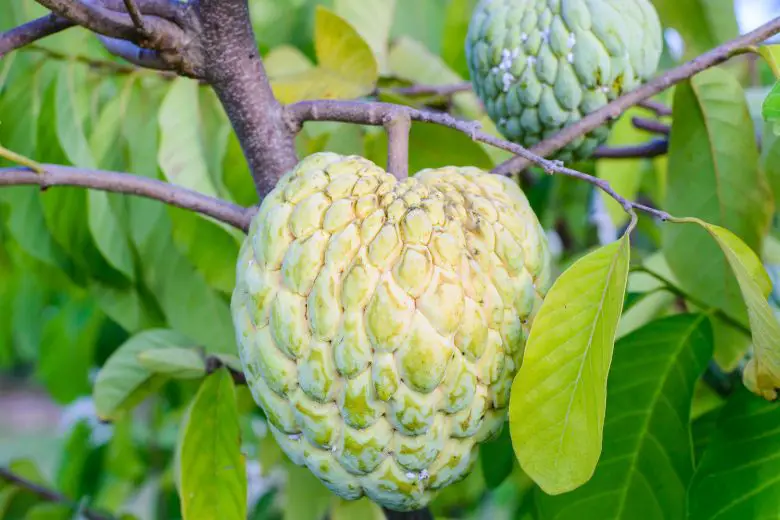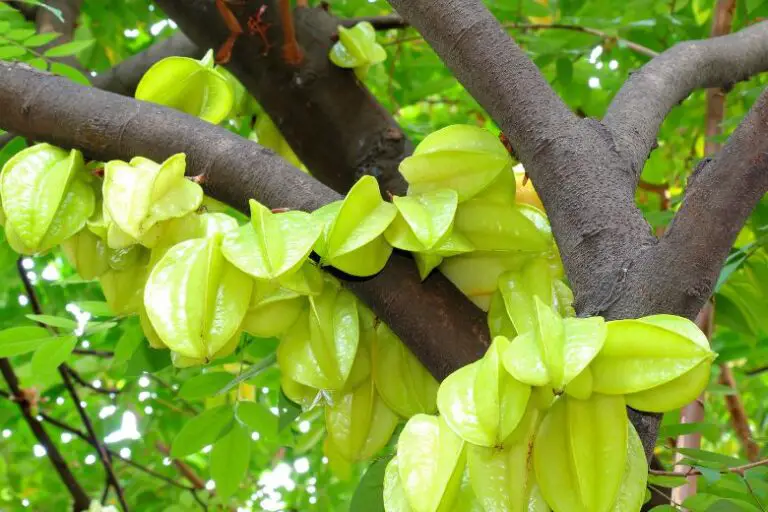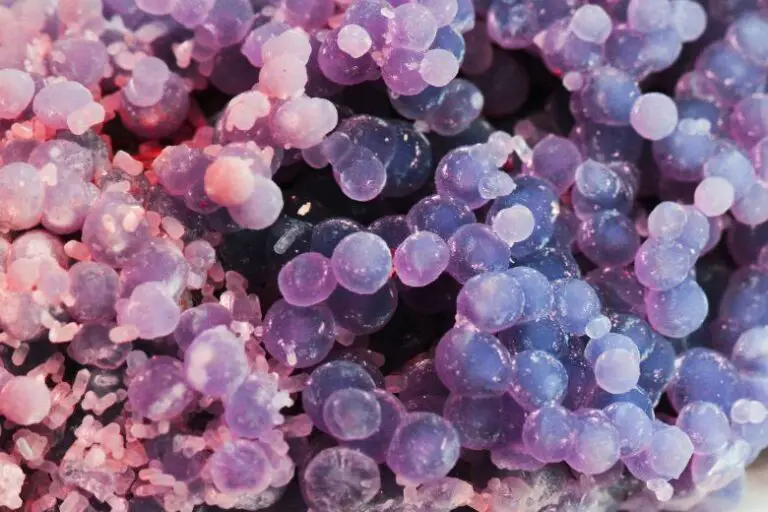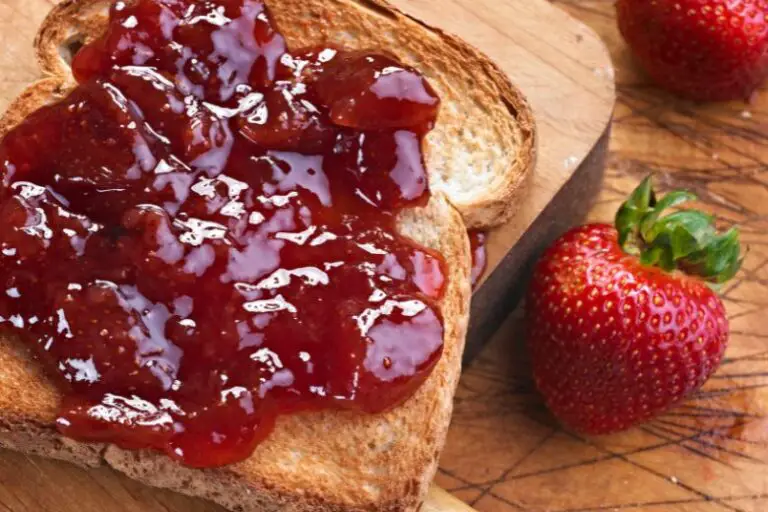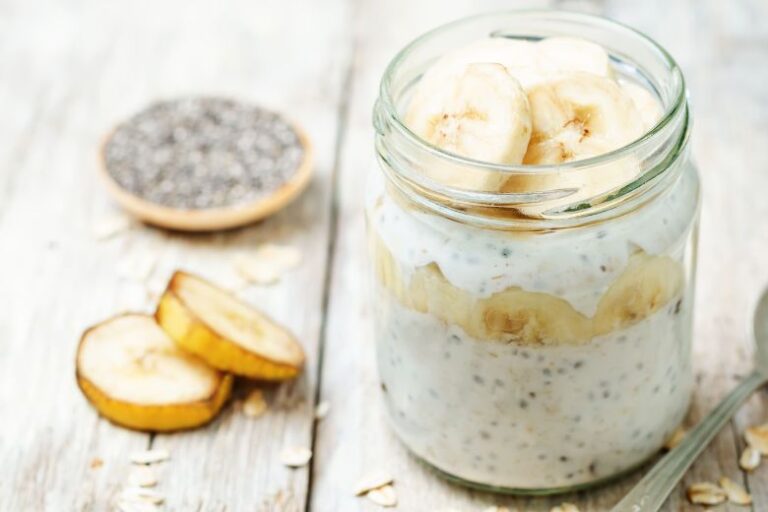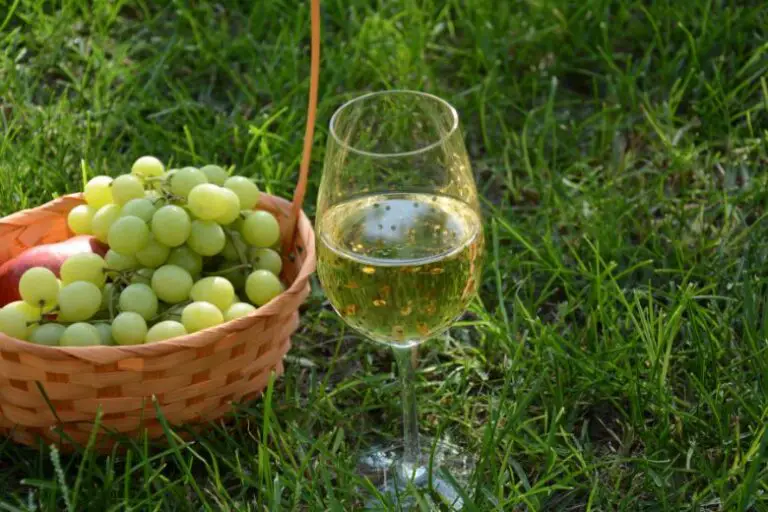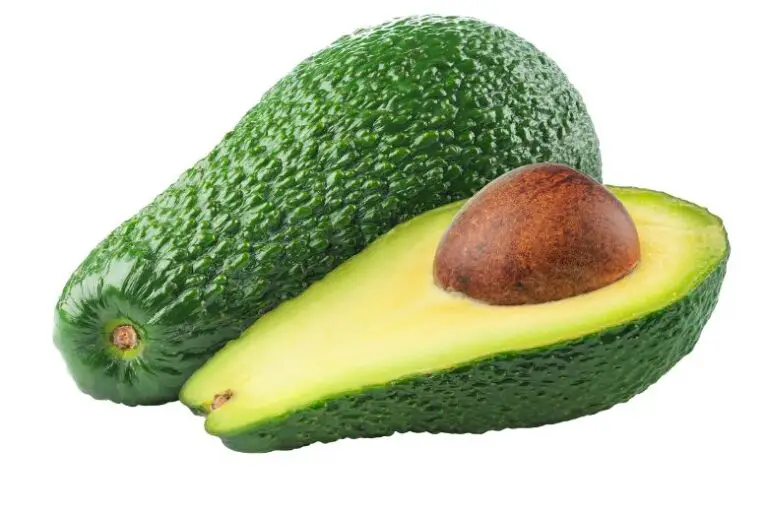Custard Apples: A Tropical Delight Worth Savoring
Custard apples, scientifically known as Annona squamosa, belong to the Annonaceae family. They are small to medium-sized fruits with knobbly green or yellowish skin that encases a soft, white, custard-like flesh filled with glossy black seeds. This unique combination of flavors and textures makes custard apples a culinary treasure.
Types of Custard Apples
Custard apples come in several varieties, each with its own distinct characteristics. Some popular types include:
- Pinks Mammoth
- Known for its large size
- Smooth, pinkish skin and sweet flavor
African Pride
- Originated in Africa
- Greenish-brown skin with a rich, custard-like taste
Late Gold
- Late-season variety
- Golden-yellow skin and pleasant aroma
Nutritional Value of Custard Apples
Beyond their delectable taste, custard apples pack a nutritional punch. They are a rich source of essential vitamins and minerals, including Vitamin C, Vitamin B6, potassium, magnesium, and dietary fiber. These nutrients contribute to various health benefits:
- Boosting Immunity: The high Vitamin C content strengthens the immune system, helping the body fight off infections.
- Heart Health: Potassium and magnesium support heart health and help regulate blood pressure.
- Digestive Health: The dietary fiber aids digestion and promotes a healthy gut.
- Skin Nourishment: Vitamins and antioxidants contribute to radiant skin and a youthful complexion.
How to Select Ripe Custard Apples
Selecting ripe custard apples is crucial to ensure you experience their delightful sweetness. Follow these tips to pick the perfect fruit:
- Look for fruits with firm skin that yield slightly to gentle pressure.
- Avoid custard apples with bruises, blemishes, or shriveled skin.
- Ripe custard apples often emit a sweet fragrance.
How to Store Custard Apples
To extend the shelf life of custard apples and preserve their freshness:
- Store unripe fruits at room temperature until they ripen.
- Once ripe, place them in the refrigerator for up to 2-3 days.
- Avoid stacking or overcrowding the fruits to prevent damage.
The Best Ways to Eat Custard Apples
Custard apples are versatile fruits that can be enjoyed in various ways:
- Fresh and Raw: Simply scoop out the flesh with a spoon and savor the natural sweetness.
- Smoothies and Shakes: Blend custard apple pulp with milk or yogurt for a delightful drink.
- Desserts: Use custard apples in ice creams, mousses, and pies for a unique flavor.
- Custard Apple Seeds: Some people roast or grind the seeds to use in culinary applications.
Cultivation and Growing Custard Apple Trees
If you have a green thumb and a suitable climate, growing custard apple trees can be a rewarding experience. Follow these steps to cultivate your own custard apple tree:
- Climate and Soil: Custard apples thrive in warm climates with well-draining soil.
- Planting: Choose a sunny spot and plant seeds or saplings during the appropriate season.
- Watering: Provide regular watering, especially during dry spells.
- Pruning: Trim the tree to encourage healthy growth and fruit production.
Common Pests and Diseases in Custard Apple Trees
While custard apples are relatively hardy, they can still face certain pests and diseases:
- Fruit Flies: These insects may lay eggs in the fruit, leading to spoilage.
- Anthracnose: A fungal disease that affects the leaves and fruit.
- Scale Insects: Small, sap-sucking insects that can weaken the tree.
To prevent and manage these issues, use organic pest control methods and maintain good tree hygiene.
Traditional and Medicinal Uses of Custard Apples
Custard apples have a rich history of traditional uses and medicinal significance:
- Traditional Ceremonies: In some cultures, custard apples are offered in religious rituals.
- Ayurvedic Medicine: Various parts of the tree are used in herbal remedies for ailments.
- Antibacterial Properties: Custard apple leaves and seeds have shown antibacterial effects.
However, it’s essential to consult with a healthcare professional before using custard apple products for medicinal purposes.
Interesting Facts and Myths about Custard Apples
Uncover some fascinating facts and debunk common myths surrounding custard apples:
- Myth: Custard Apples are High in Calories: While they are sweet, custard apples are relatively low in calories.
- Fact: Custard Apples are Close Relatives of Soursop: Both fruits belong to the Annonaceae family.
- Fact: Custard Apples are Cultivated Worldwide: They are grown in many tropical and subtropical regions.
Custard Apples in Culinary and Beauty Products
Due to their unique taste and skin-nourishing properties, custard apples have made their way into various products:
- Desserts and Beverages: Chefs and mixologists use custard apples to create delectable treats.
- Cosmetics and Skincare: Extracts from custard apples are used in beauty products.
Custard Apples: Sustainable Farming and Environmental Impact
As custard apples gain popularity, it’s crucial to adopt sustainable farming practices to protect the environment:
- Organic Farming: Avoiding harmful chemicals and pesticides benefits ecosystems.
- Biodiversity Conservation: Supporting native flora and fauna around custard apple farms.
Custard Apples around the World
Custard apples are cherished in many countries, where they go by various names and are used in diverse cuisines. Some popular examples include:
- Asia: Known as “Bullock’s Heart” in India, where it’s used in desserts and beverages.
- Australia: Grown in the tropical regions of Queensland and used in local dishes.
- Caribbean: Enjoyed fresh or used in refreshing beverages.
Custard Apples vs. Other Fruits: A Nutritional Comparison
Let’s compare the nutritional value of custard apples with other popular fruits:
| Fruit | Vitamin C (mg) | Potassium (mg) | Fiber (g) |
|---|---|---|---|
| Custard Apple | 36.6 | 382 | 4.4 |
| Mango | 36.4 | 168 | 1.6 |
| Banana | 10.3 | 358 | 2.6 |
As seen in the comparison, custard apples boast higher Vitamin C and potassium content than mangoes and bananas.
Custard Apples and Culinary Innovations
Talented chefs and home cooks continue to experiment with custard apples in exciting ways:
- Custard Apple Sorbet: A refreshing frozen dessert perfect for hot summer days.
- Custard Apple Salsa: A delightful twist on traditional fruit salsa.
The Economic Significance of Custard Apples
Custard apple cultivation and trade contribute to the economic growth of producing countries. The fruit’s rising popularity in international markets has opened new avenues for farmers and exporters.
Supporting local custard apple growers helps sustain this industry and promotes fair trade practices.
Custard Apples in Folklore and Art
Custard apples have found their way into myths, stories, and artistic expressions:
- Symbol of Fertility: In some cultures, custard apples symbolize fertility and abundance.
- Literary References: Poets and writers have used custard apples as metaphors for love and sweetness.
Custard Apples: Addressing Myths and Misconceptions
It’s time to debunk some myths and clarify misconceptions about custard apples:
- Myth: Custard Apples are Hard to Grow: With the right conditions, custard apple trees can thrive.
- Misconception: Custard Apples are Unhealthy: They are a nutritious addition to a balanced diet.
Growing Custard Apples in Your Home Garden
Even if you don’t have vast farmland, you can grow custard apple trees in your garden:
- Choose dwarf or container-friendly varieties suitable for small spaces.
- Provide sufficient sunlight and water for healthy growth.
- Prune and care for the tree regularly to ensure fruit production.
Conclusion
Custard apples are truly nature’s treasure, offering a delightful blend of flavors and nutritional benefits. From their traditional uses in Ayurvedic medicine to their modern culinary applications, these tropical fruits continue to captivate people around the globe. Whether you enjoy them fresh or incorporate them into creative recipes, custard apples are sure to leave a lasting impression on your taste buds. So, embark on a gastronomic journey and savor the magic of custard apples!

